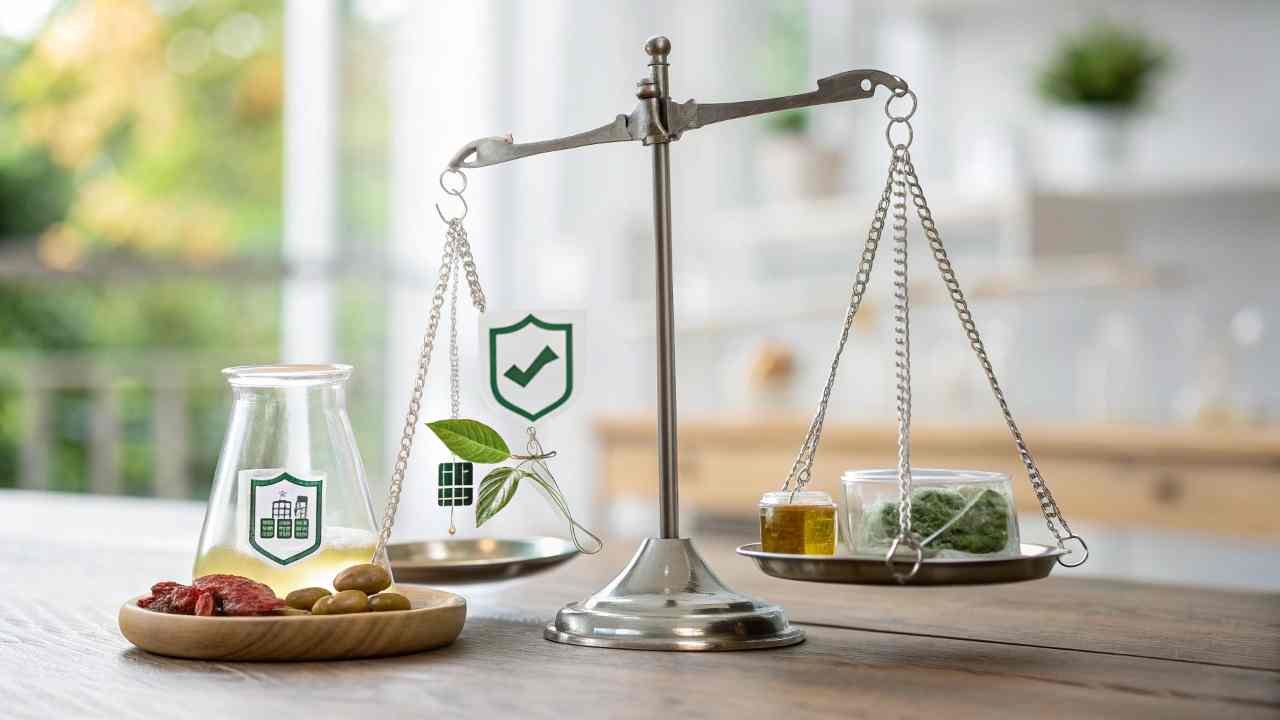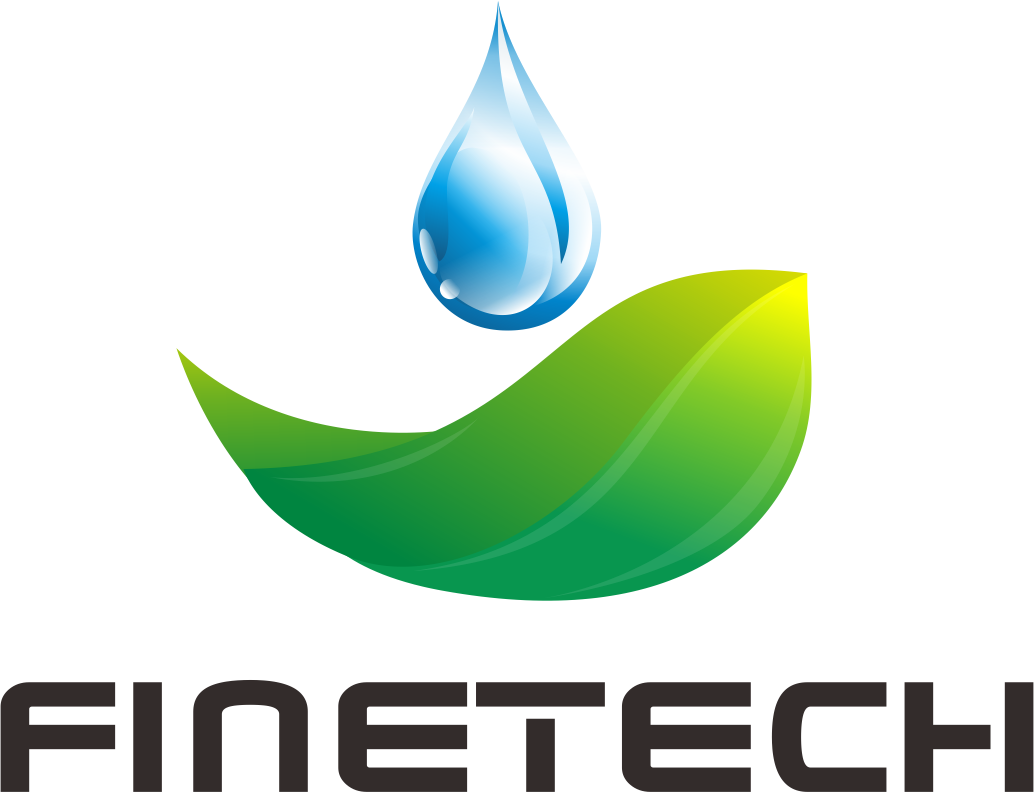Dealing with "clean label" demands while needing good preservation? Wondering about potassium sorbate's place? Let's explore its role in modern food production.
Potassium sorbate, a synthetic preservative, often clashes with "no artificial" clean label goals. Though effective, its synthetic nature is a challenge, but replacing it has safety and cost issues.
The "clean label" movement is reshaping the food industry globally. They need effective, safe ingredients that also align with consumer desire for simple, recognizable components. Potassium sorbate is a classic preservative, so its place in this evolving landscape is a hot topic. Let's dive into the complexities.
How does Potassium Sorbate compare to "no artificial preservatives" claims?
See "no artificial preservatives" and think of potassium sorbate? Does it fit that claim? Let's quickly clarify.
Potassium sorbate is made synthetically, so it's an "artificial preservative." This means its use directly conflicts with products claiming "no artificial preservatives" or "preservative-free."

"No artificial preservatives1" is a specific clean label claim. Potassium sorbate is the potassium salt of sorbic acid. While sorbic acid is found in nature (e.g., rowanberries), the commercial product is made by chemical synthesis.
Because it's synthetic, using it prevents a product from legitimately making the "no artificial preservatives" claim. Consumers often look for this claim, associating "artificial" with "unnatural." Potassium sorbate (or E202 in Europe) signals an artificial preservative is present. Its "artificial" status is about production, not approved safety.
Claim Compatibility:
| Preservative | Production | Compatible with "No Artificial"? |
|---|---|---|
| Potassium Sorbate | Synthetic | No |
| Natural (e.g. Vinegar) | Natural | Yes |
Are there "naturally derived" sorbates, and how do they differ from synthetic Potassium Sorbate?
Can we get "natural" sorbates from berries? How would they compare to synthetic potassium sorbate? Let's check.
Sorbic acid exists in some berries, but commercial sorbic acid and potassium sorbate are made synthetically. Truly "natural" sorbate extraction isn't economically feasible for food use.

Sorbic acid is naturally in rowanberries, but commercial production is via chemical synthesis2. This is much cheaper and allows large-scale output. Extracting from berries is impractical.
If "natural" sorbic acid were used:
- Molecule: Identical to synthetic.
- Purity: Synthetic is highly pure; natural extracts might vary.
- Cost & Availability: Natural would be very expensive and scarce. Synthetic is low-cost and abundant.
- Labeling: A truly natural version (if it existed commercially) might fit "natural preservative3" claims.
Sorbate Sources:
| Feature | Synthetic K-Sorbate | Hypothetical "Natural" Sorbic Acid |
|---|---|---|
| Source | Chemical Synthesis | Plant Extraction |
| Cost | Low | Very High (Impractical) |
| Availability | High | Very Low |
| "Clean Label" | Challenges | Potentially Fits |
What are the main challenges in replacing Potassium Sorbate with other food preservatives?
Thinking of swapping potassium sorbate for a "cleaner" option? It's tough. What problems do manufacturers face?
Replacing potassium sorbate means finding alternatives matching its broad antimicrobial action, low cost, minimal taste impact, stability, and wide regulatory approval in various foods and pH ranges.

Potassium sorbate is effective, cheap, and works well. Finding a single "drop-in" natural replacement is hard.
Key Challenges with Alternatives (often natural):
- Efficacy: Many natural options have narrower action, are less potent, or need higher doses. Potassium sorbate is great against molds/yeasts in acidic foods.
- Cost: Natural preservatives are usually much more expensive.
- Sensory Impact: Potassium sorbate is neutral. Many natural options (e.g., plant oils) add strong flavors/odors.
- Stability/Solubility: Some naturals are less stable or don't dissolve well.
- Regulatory Approval: Potassium sorbate is widely approved. Newer naturals may have fewer approvals or less safety data.
- Food Matrix Interaction: Effectiveness varies hugely by food type.
Replacement Hurdles:
| Challenge Area | Potassium Sorbate Advantage | Difficulty with Alternatives |
|---|---|---|
| Efficacy | Broad, Potent (acidic pH) | Often Narrower, Weaker |
| Cost | Low | Often Much Higher |
| Sensory | Minimal / Neutral | Can add strong flavors |
| Stability | Good | Can be less stable |
| Regulatory | Widely Approved | May have fewer approvals |
How can food safety needs be balanced with consumer demand for fewer preservatives like Potassium Sorbate?
Consumers want fewer additives, but food must be safe. How can manufacturers manage both? Let's look at strategies.
Balance involves minimal effective preservative use (like potassium sorbate), exploring natural options, optimizing processing (e.g., MAP, HPP), strict hygiene, and clear consumer education about safety.

Food safety is non-negotiable. Preservatives like potassium sorbate prevent spoilage. But "clean label" pressure is strong.
Strategies:
- Prioritize Safety: Never compromise it.
- Optimize Current Preservatives: Use the lowest effective level of potassium sorbate. Combine with other "hurdles" (pH, low water activity).
- Explore Natural Alternatives: Use plant extracts, fermented ingredients if effective and safe. Validate thoroughly.
- Use Processing Tech: Modified Atmosphere Packaging4 (MAP), High-Pressure Processing (HPP), aseptic packaging can reduce preservative needs.
- Strict Hygiene (GMP): Prevents initial contamination.
- Educate Consumers: Explain why preservatives are used and be transparent about choices. Manage shelf-life expectations.
Balancing Act:
| Strategy | How it Helps |
|---|---|
| Optimize Usage | Less additive, still safe |
| Natural Options | Meets consumer demand (if effective) |
| Processing Tech | Enhances safety, reduces chemical need |
| Hygiene/GMP | Lowers microbial load |
| Consumer Education | Builds trust, manages expectations |
Can using Potassium Sorbate align with sustainability goals in food production?
Can a synthetic like potassium sorbate be sustainable? How does it affect food waste? Let's see its role in greener food systems.
Yes, by preventing spoilage and extending shelf life, potassium sorbate significantly reduces food waste. This is a key factor in food production sustainability.

Food waste is a massive global problem with huge environmental costs (wasted water, land, energy, GHG emissions). Potassium sorbate helps by:
- Extending Shelf Life5: Prevents mold/yeast growth in many foods.
- Reducing Spoilage6: Less food thrown out by retailers and consumers.
This means fewer wasted resources used in producing that food. While potassium sorbate production has its own footprint, it's often much smaller than the footprint of the food it saves from waste. If "natural" alternatives are less effective and lead to more spoilage, they might be less sustainable overall in terms of waste.
Sustainability View:
| K-Sorbate Aspect | Sustainability Link |
|---|---|
| Waste Reduction | Extends shelf life, less spoiled food |
| Resource Saving | Less wasted water, land, energy |
| GHG Reduction | Less methane from landfilled food |
Conclusion
Potassium sorbate, though synthetic, presents a complex "clean label" picture. It's effective and reduces food waste, but challenges "no artificial" claims. Balancing safety, cost, and consumer desires is crucial.
-
Understanding the health implications of artificial preservatives can guide better food choices for a healthier lifestyle. ↩
-
Learn about the role of chemical synthesis in producing food additives like sorbic acid and its impact on food safety and quality. ↩
-
Discover the advantages of natural preservatives, including health benefits and consumer preferences, by exploring this resource. ↩
-
Learning about MAP can provide insights into innovative food preservation techniques that reduce the need for additives. ↩
-
Learn about the importance of extending shelf life in food preservation and its impact on minimizing waste. ↩
-
Discover various strategies to reduce spoilage, which can lead to less food waste and a more sustainable food system. ↩


